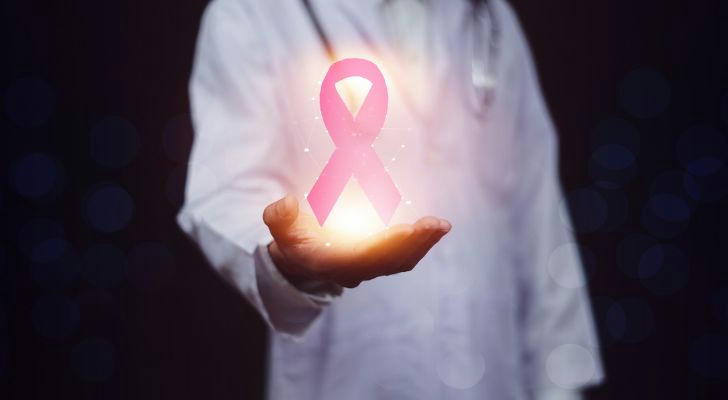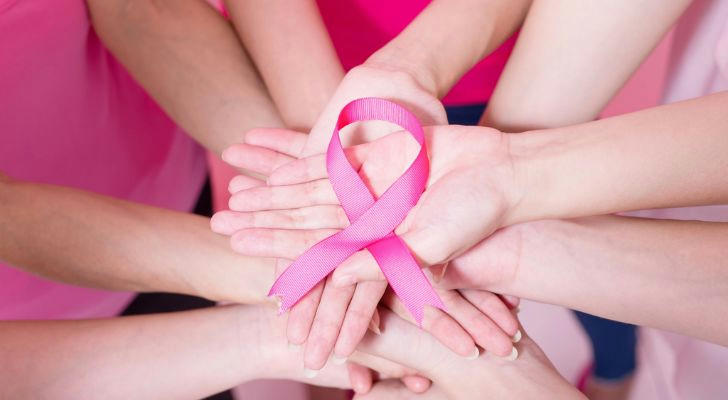The Silent Culprit: What's Really Driving the Rise of Breast Cancer in America?
Breast cancer remains the most common cancer among American women, with 1 in 8 developing it during their lifetime. While survival rates have improved, cases continue to rise—and everyone wants to know: What's the biggest factor we should worry about? Let's cut through the noise and examine the real drivers behind this devastating disease.

The Complex Web of Risk Factors
Breast cancer isn't caused by a single villain. It's like a puzzle where multiple pieces—some within our control, others not—fit together. Here's what the science says about the biggest contributors:
1. Age and Gender: The Unavoidable Reality
- Women over 50 account for 80% of breast cancer diagnoses
- Risk doubles every 10 years until menopause
- Male breast cancer: <1% of total cases but rising

2. Genetic Time Bombs: BRCA and Beyond
| Gene | Lifetime Risk | % of Inherited Cases |
|---|---|---|
| BRCA1 | 55-72% | 20-25% |
| BRCA2 | 45-69% | 10-20% |
| PALB2 | 33-58% | 1-2% |
Source: National Cancer Institute 2023
But here's the kicker: Only 5-10% of breast cancers are directly inherited. Most occur in people with no family history.
3. Hormonal Hotspots: Estrogen's Double-Edged Sword
- Early menstruation (<12) increases risk by 20%
- Late menopause (>55) adds 30% higher risk
- Hormone replacement therapy (HRT) users face 24% higher risk

4. Lifestyle Landmines: The Modern Lifestyle Crisis
- Alcohol: 3 drinks/week = 15% higher risk
- Obesity: Postmenopausal women with BMI >30 have 50% higher risk
- Sedentary lifestyle: 10-20% risk increase
- Smoking: 10% higher risk, especially premenopause
5. Environmental Exposures: The Invisible Threat
- Night shift work (circadian disruption): 30% higher risk
- Radiation exposure: 3x risk for childhood survivors
- Endocrine disruptors (BPA, phthalates): Emerging concern
The #1 Contender: Hormonal Dominance
While all factors matter, prolonged estrogen exposure emerges as the strongest driver across multiple studies:
- 12+ years of menstrual cycles
- Delayed first pregnancy (>30 years old)
- Avoidance of breastfeeding
- HRT use beyond 5 years
This explains why modern lifestyles—with later pregnancies, fewer children, and widespread hormone use—correlate with rising rates.
Prevention Strategies That Actually Work
Screening Savvy
- Mammograms starting at 40 for average risk
- MRI for high-risk patients
- Monthly self-exams
Lifestyle Overhaul
- Maintain BMI <25
- Exercise 150+ mins/week
- Limit alcohol to <3 drinks/week
Medical Interventions
- Prophylactic mastectomy (85-90% risk reduction for BRCA+)
- Chemoprevention drugs (tamoxifen reduces risk by 50%)
The Bottom Line
There's no single "maximum factor"—it's the combination of aging, hormones, and modern living. But by understanding these interconnected risks, we can make informed choices to tip the odds in our favor.
Always consult your healthcare provider for personalized risk assessment and screening plans.
